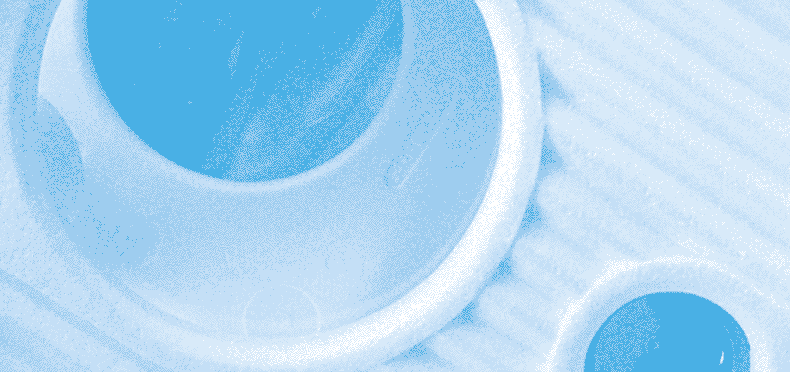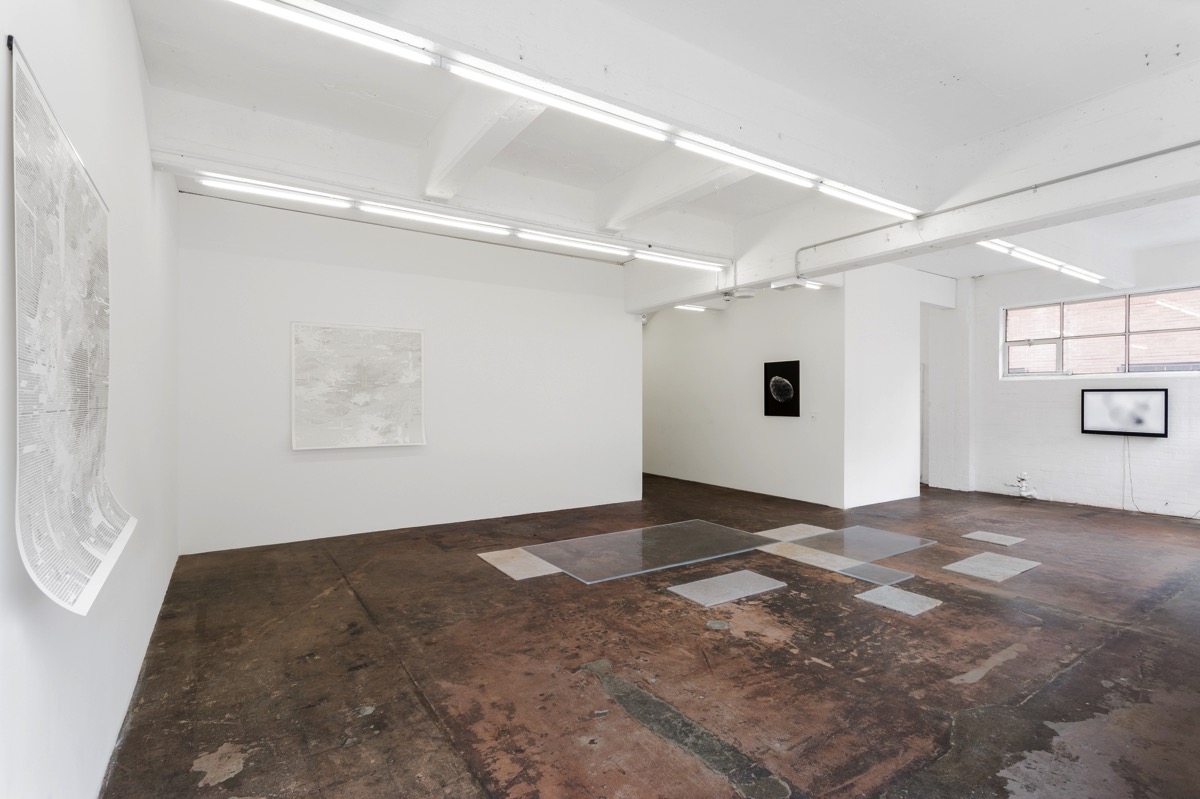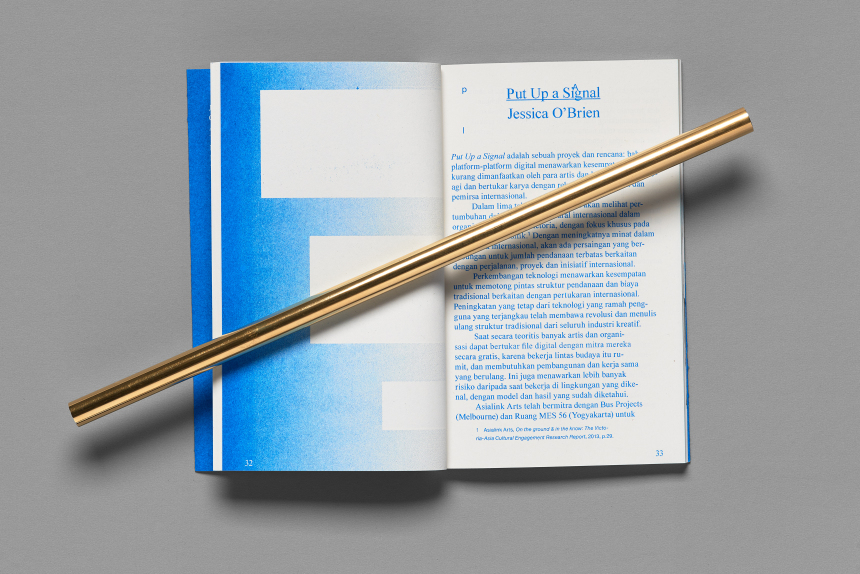Publishes,
leave the key under the mat, Jasper Jordan-Lang, Liam Denny, and Tia Ansell
(Download PDF) Jasper Jordan-Lang, Liam Denny, and Tia Ansell
“leave the key under the mat”
11.04.18-05.05.18
I know it’s been a while but I thought I would write to you to apologise for this dream I had where I vacuumed you up and then you were gone. I suppose you are already gone, but I do still hold onto some hope that you might come back. And in this city I find traces of you everywhere. A stranger’s garden where you picked a flower and offered it to me sheepishly. Your favourite bakery and the woman at the counter with the almond-shaped eyes who knows your order by heart. I thought I’d write and tell you that back when you were around I liked the feeling of your thumb clawing into my spine and my head propped on your chest reading a book. You might’ve been reading over my shoulder or you might’ve been sleeping, either way your breath calm and so, not wanting to disturb you, I wouldn’t turn around to check.
I’m meant to be writing an essay on holes and voids for my metaphysics class but everything I write comes out poetic. So I decided to write to you instead and before that I wrote a shopping list with all the things I would buy if I had the money. I’ve been thinking about the big hole in the city that everyone keeps talking about. I saw it for the first time months after it’s conception. I’d been travelling around the world but now I was home and it felt like home because when someone talked about the big hole I would know what they meant. Standard relativistic theories treat the universe as a distribution of fields over a manifold, which means that there are no voids, and there is no emptiness. But almost a century ago Simone Weil wrote that everything that is created is gravity. Every human consists of gravity, surrounding a void or “nothing” that can only be filled by God. Someone told me that when it rained last week, the big hole filled with water. I wasn’t around to see it, but it must have been a dirty grey — the rainwater. Much like the rest of the city and the ugly carpet in your room that I gradually stopped noticing because the room’s walls now held the things we couldn’t hold, which were much more important.
I’ve been thinking lately about calling you up, but then again, I like thinking about things I will do and then never doing them. I had another dream where I was fighting with you on the phone, the screen in my head split like a movie — one side, you in your grimy kitchen, the other, me weaving down Swanston. “So what?” I screamed into the phone. “You’re gonna make our streets safe and clean? I don’t believe you. You’re a
liar. You’re a scumbag. Never come back here again.” I don’t know why I was so angry and talking like Vito Corleone and you didn’t seem to know either. You stuttered and I had won the argument but then you were gone so I had really lost. And you’re twice as gone when I wake.
The void represents our need for God. And for Weil, our connection to God relies
on our distance from Her. She writes of two prisoners in neighbouring cells who communicate by knocking on the wall between them. The wall both separates them and facilitates their connection. Just like Anne Carson writes of the Greek word eros, which denotes a desire for that which is absent — a love that can only exist if the object is gone. And soon the big hole won’t be a hole because it will have a roof and it will be filled with people and it will be a place and not a void. And then everything will feel normal again because, really, contemporary physics says that there are no voids. So you will be back too, I suppose, but then I won’t want you because I’ll be all gravity and no nothing. This is a metaphysical reality and not at all poetic.
Notes
- Simone Weil, Gravity and Grace, Routledge, New York, 1999, pp. 31-9.
- Ibid., p. 145.
- Anne Carson, Eros the Bittersweet, Dalkey Archive Press, USA, 2000, p. 10.


